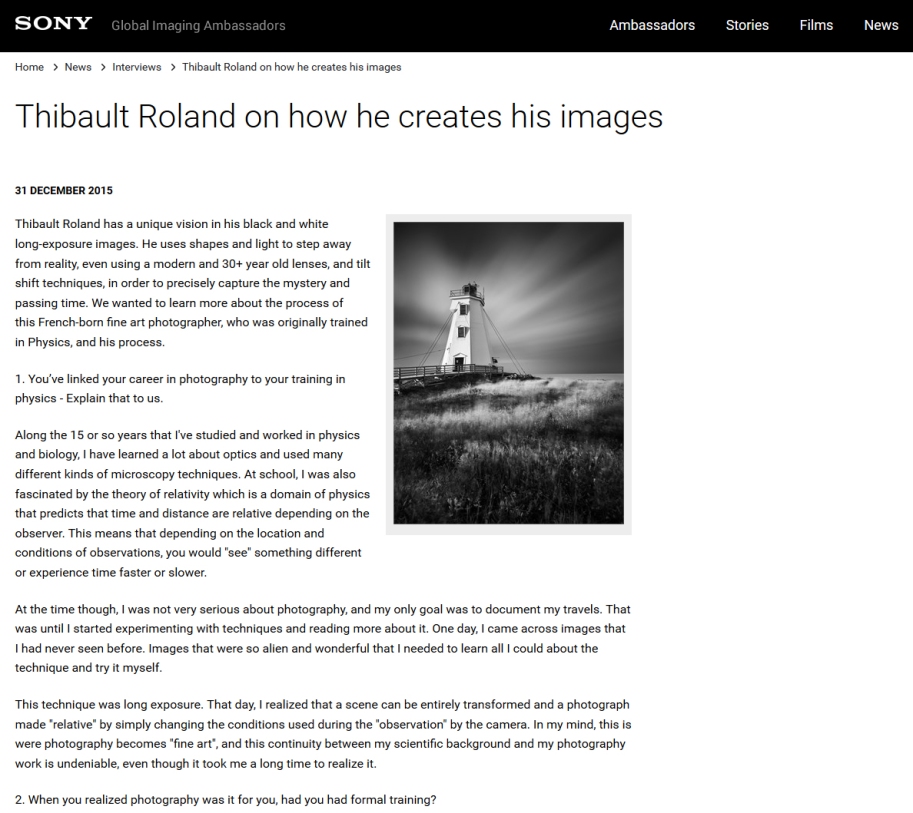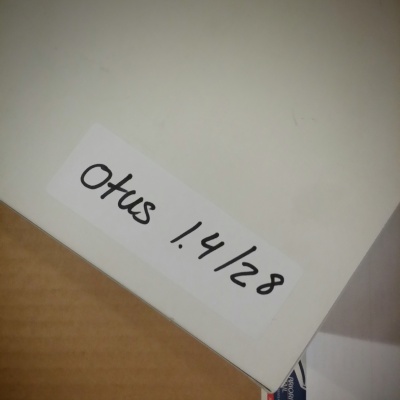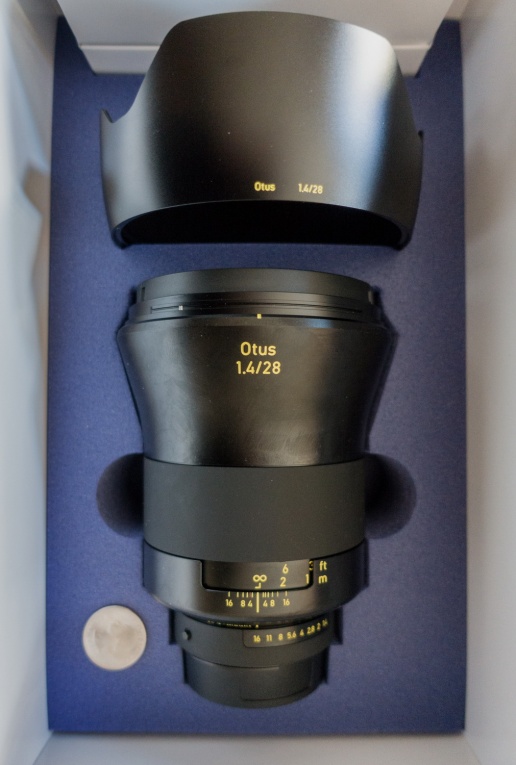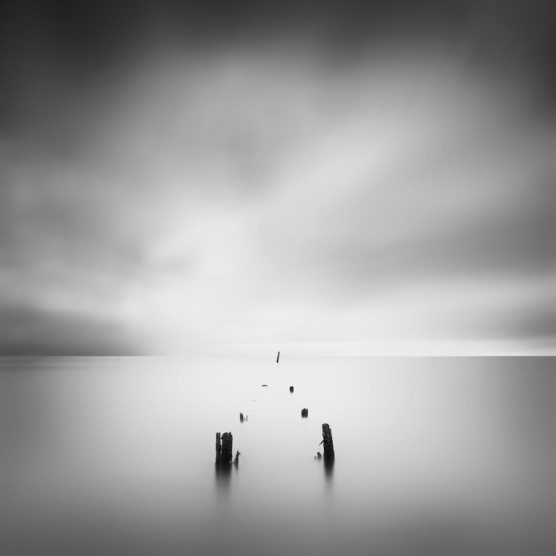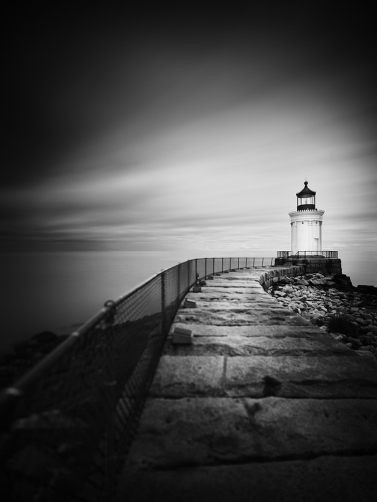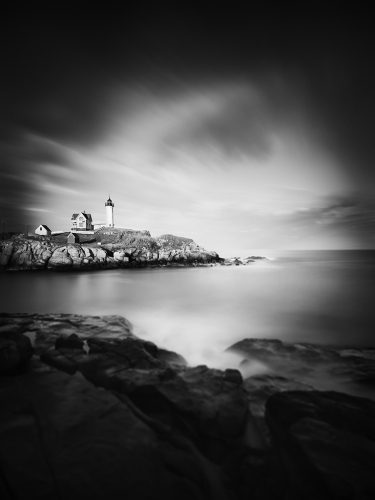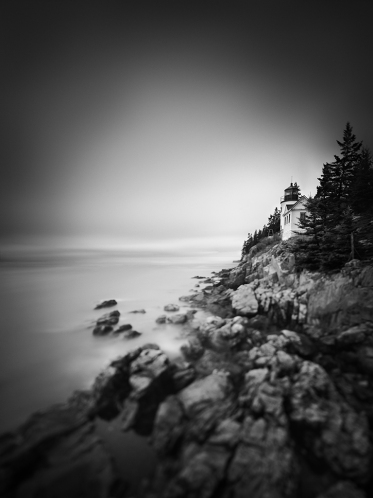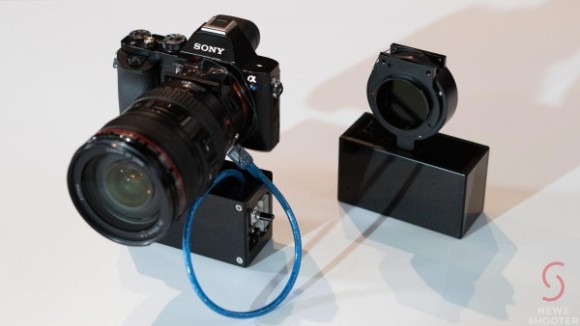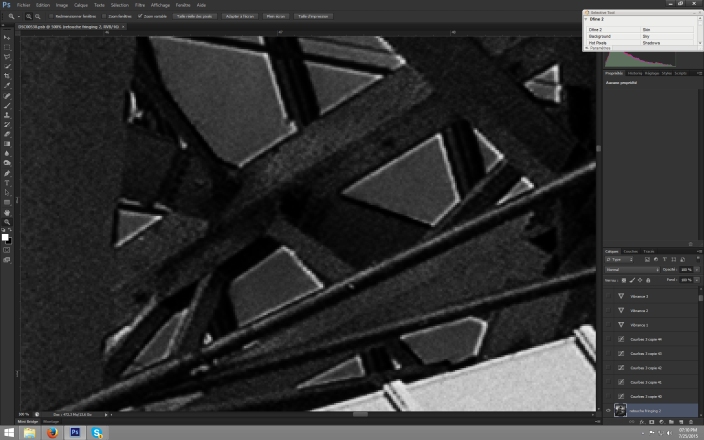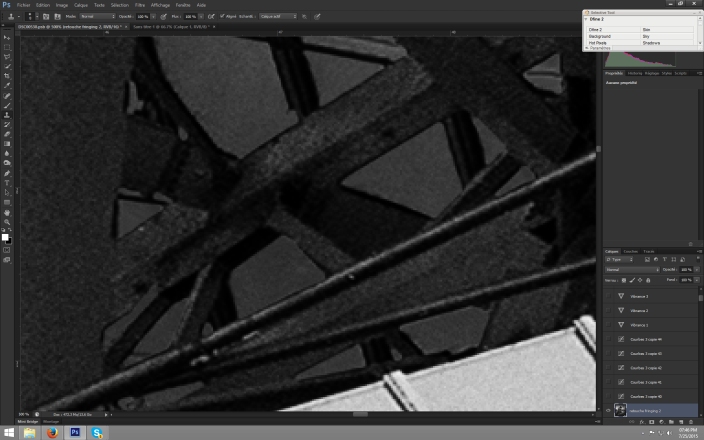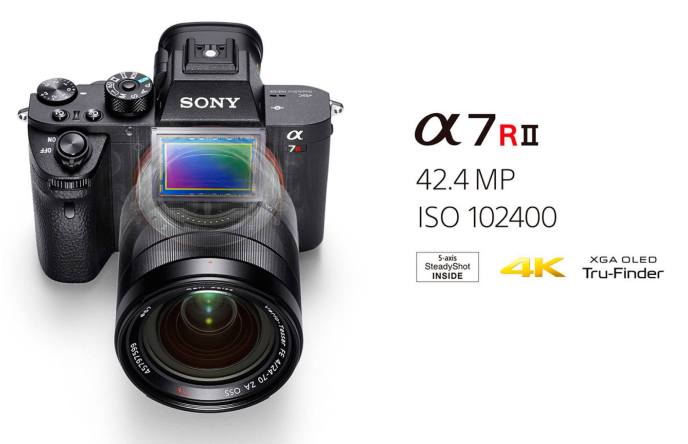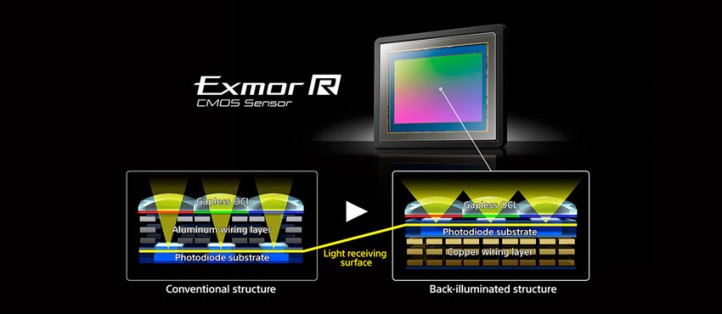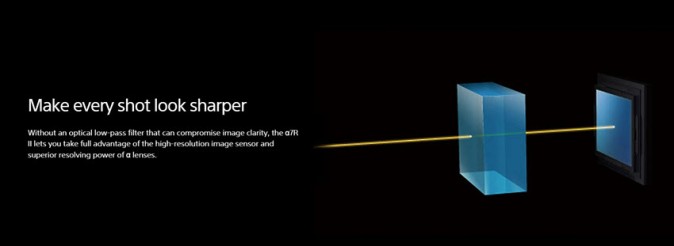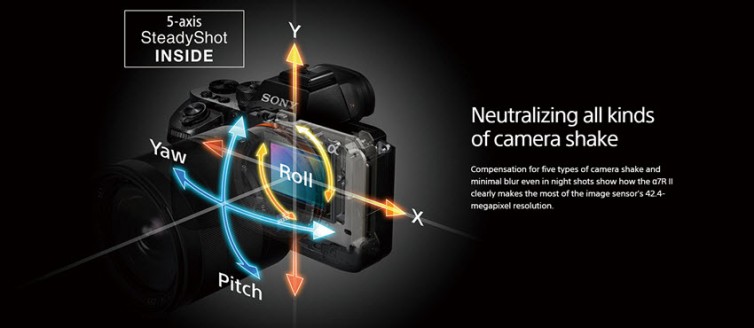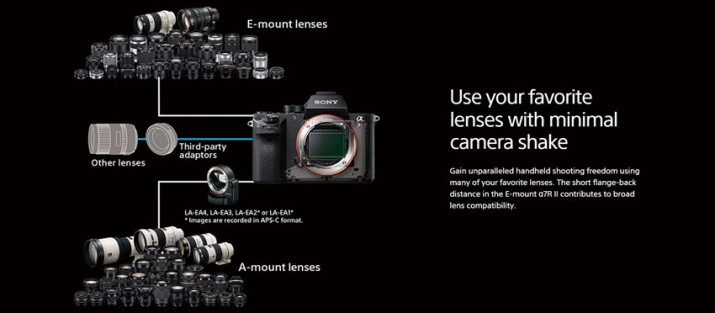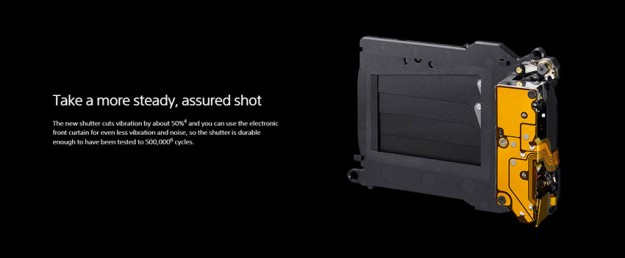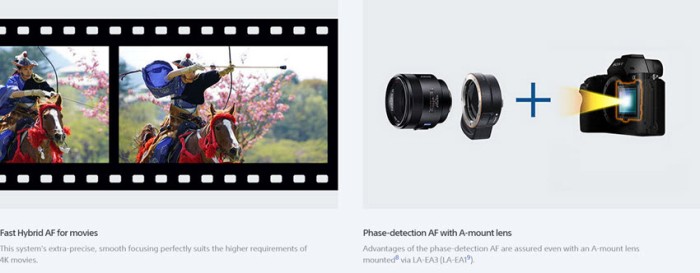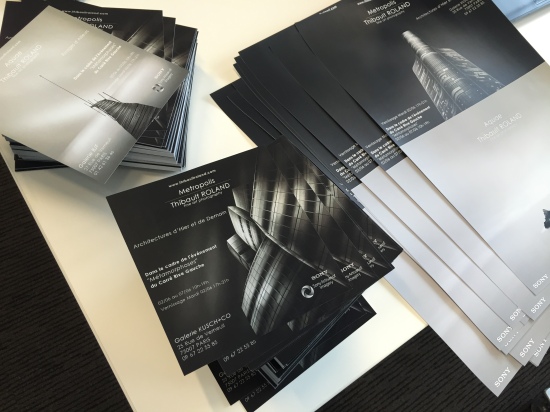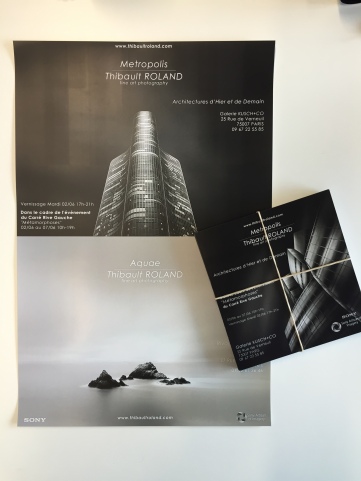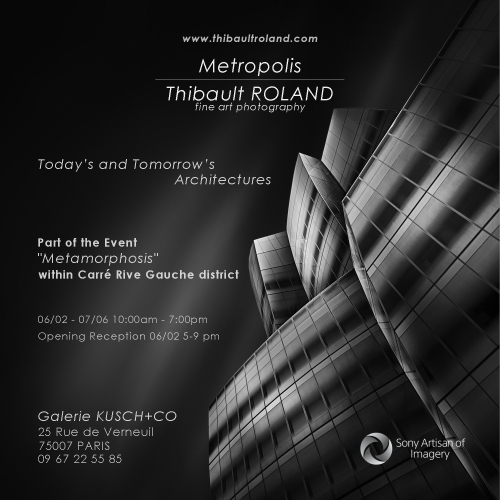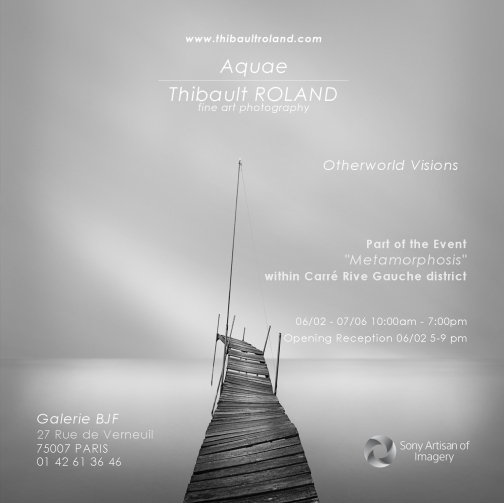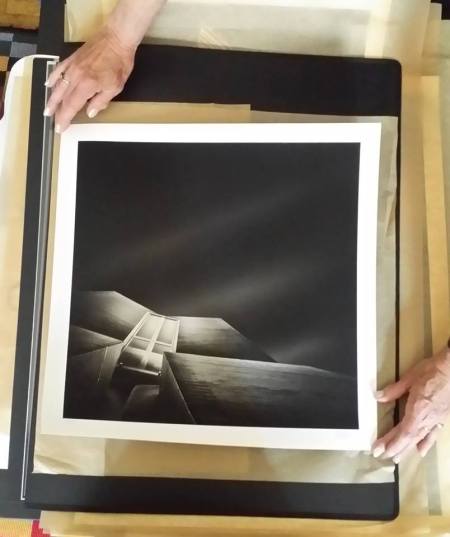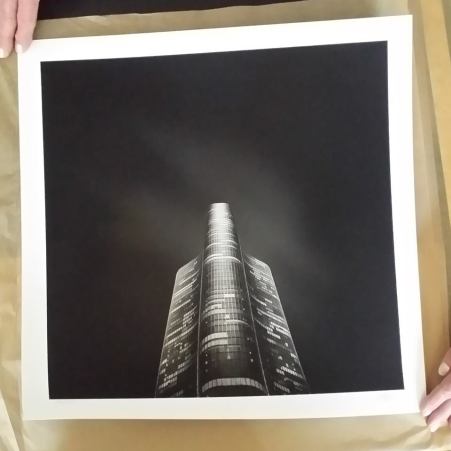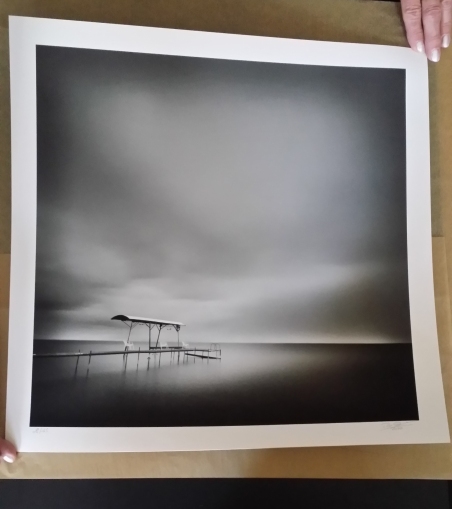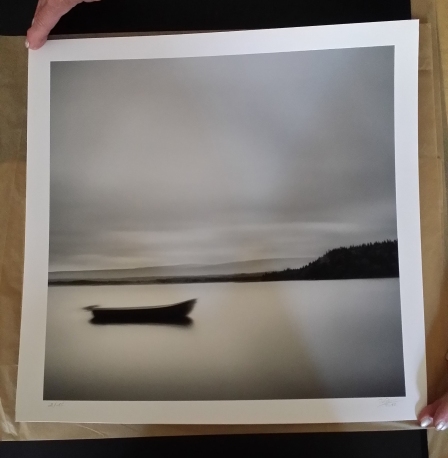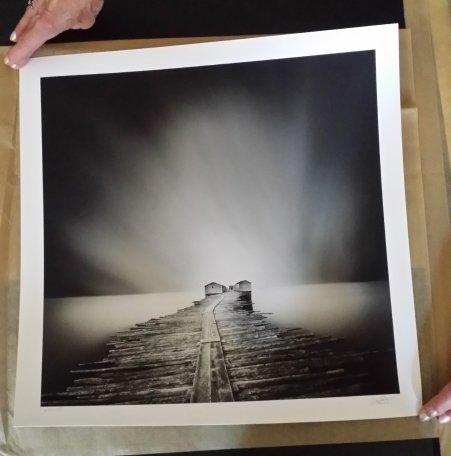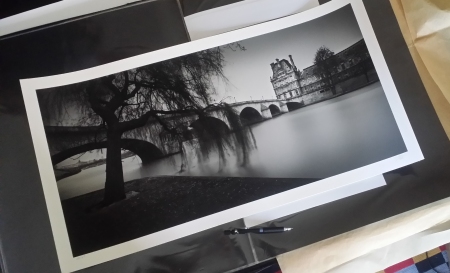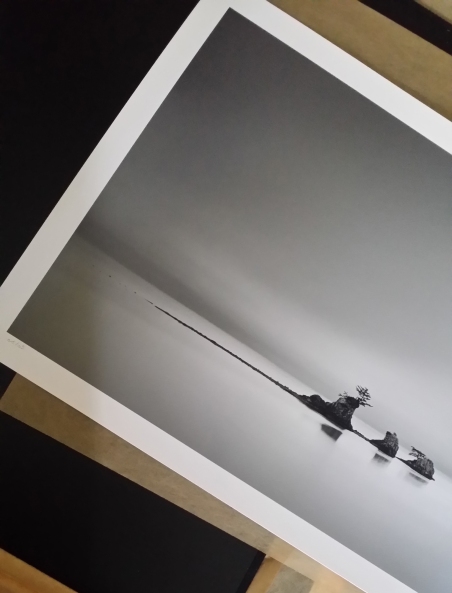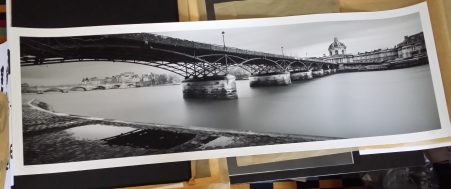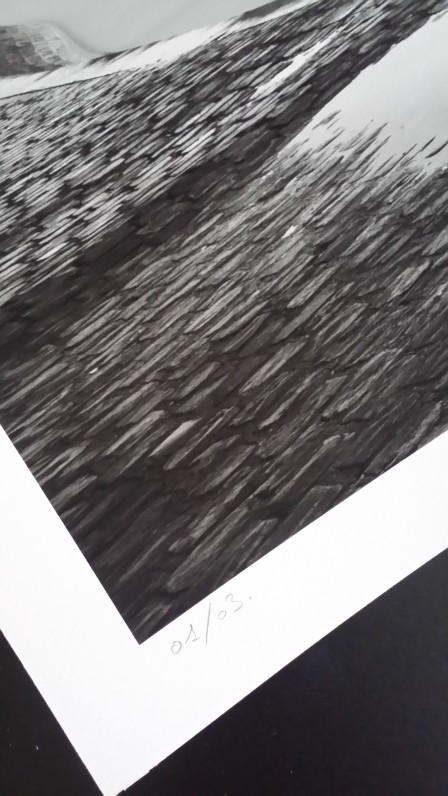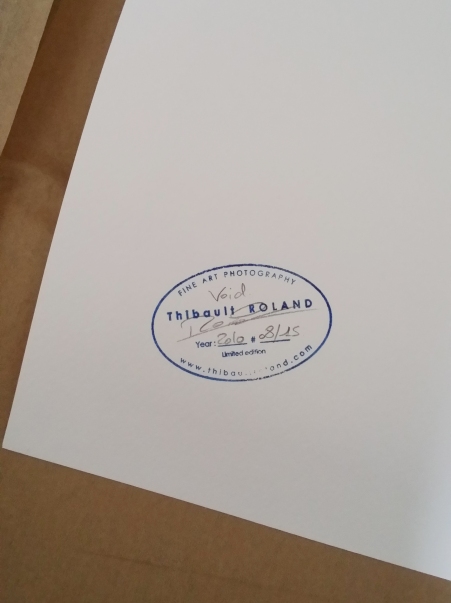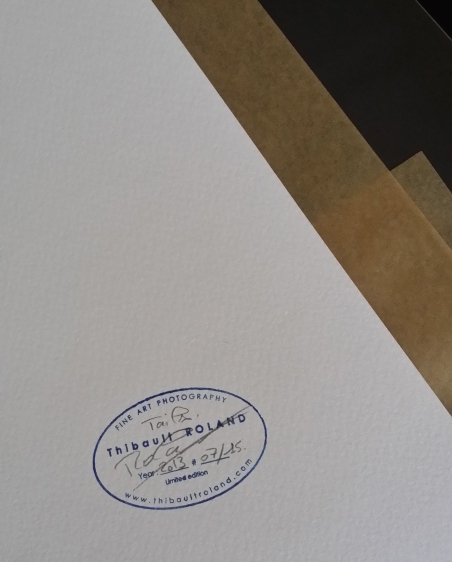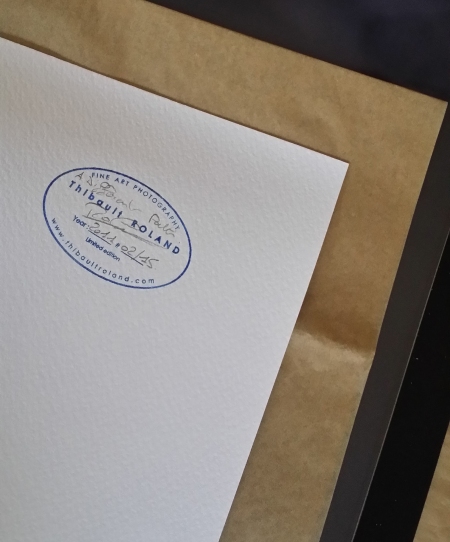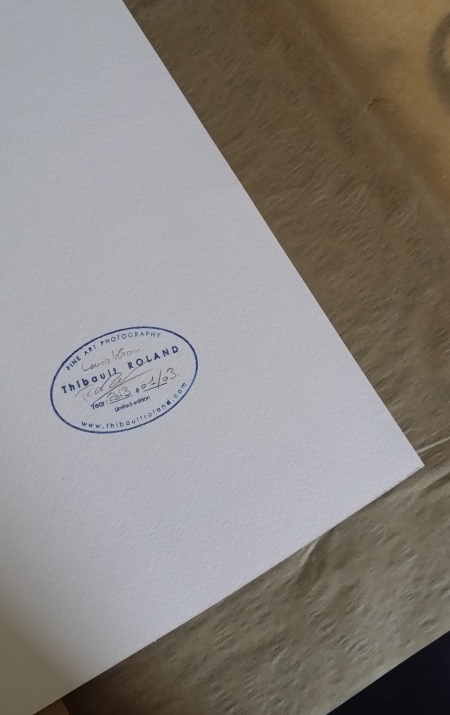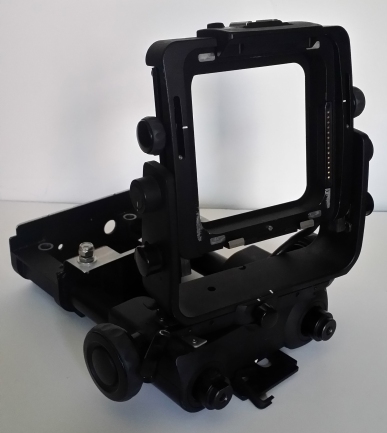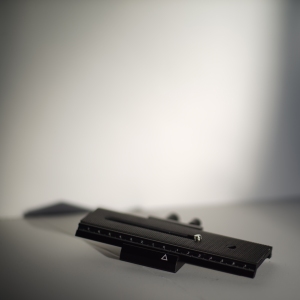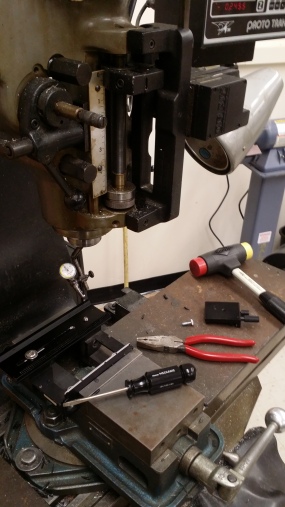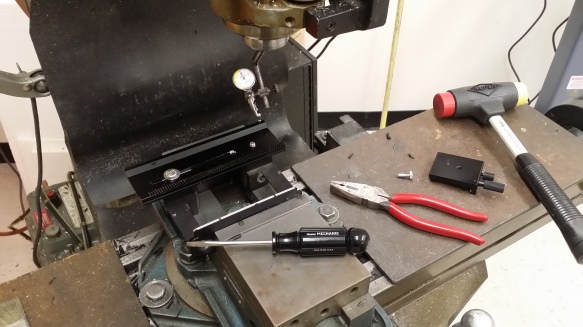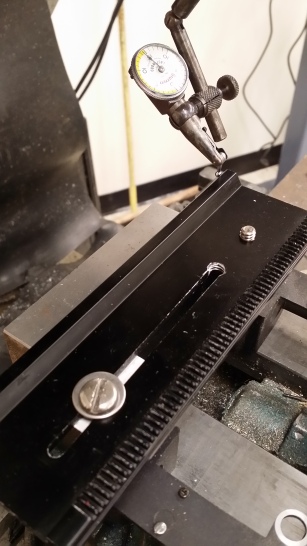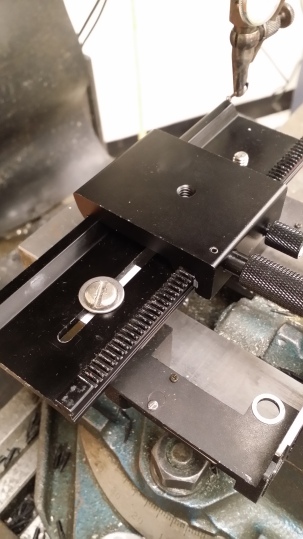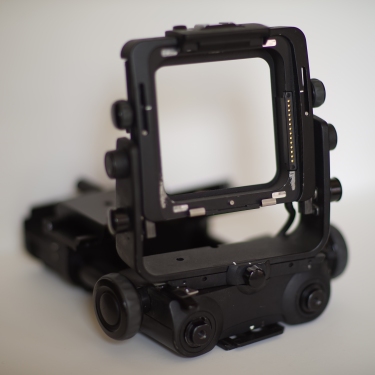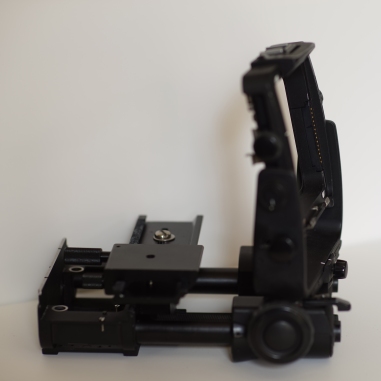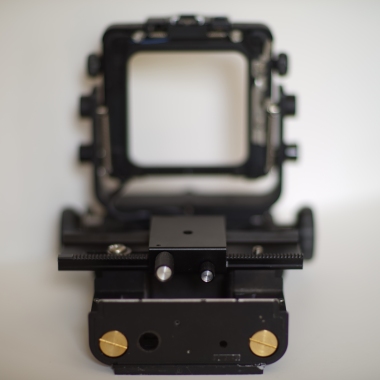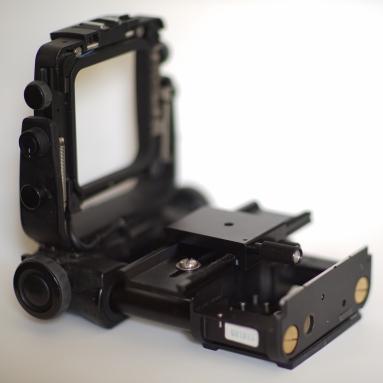Being part of the Sony Artisans of Imagery Program, I was lucky to have tonight a phone meeting with some of the top Sony engineers who helped develop the very sought after Sony a7R II.
And as promised, I asked questions, and they answered. Some of these questions were asked by YOU!! So thanks a lot, and let’s get to the point!
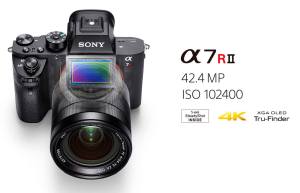 SENSOR:
SENSOR:
- Is the Dynamic Range better and noise level lower than that of the a7R?
➡ Yes! No formal test was done (it’s coming), but they confirmed that they were very impressed by the quality of the system
- Is the higher sensitivity going to be detrimental to noise level?
➡ No! 1/ In the new design, the photodiodes are closer to the surface of the sensor, and that allows them to detect more light, hence a higher sensitivity. This sensor has a better detection rate in low light conditions than a “regular” sensor. 2/ The change of materials to connect the diodes to the rest of the electronics ensures a lower noise level as well. They did not go into specifics but these seem to be a two key points.
- Will the a7R II replace the a7S in terms of image quality at high sensitivity?
➡ No! We were told that at the same high ISO number, the a7S will outperform the a7R II. The a7R II is “ideal for mostly still photographers who want to shoot videos and 4K from time to time, but videographers will still want to use the a7S in low light conditions”
➡ They came up with an internal method to make them “not a problem anymore”
➡ Read out speed is 3.5x faster than for the a7R. This will speed up acquisition time, and allows for a higher frame rate for both photo and video
➡ “Full pixel readout without pixel binning in the Super 35 format. This crops the sensor to the same size as Arri Alexa, Red Epic, Canon C300 and Sony F55 digital cinema cameras for a clean video image that isn’t down sampled.” (quoted from Michael Britt)
- What about a low pass filter?
➡ No low pass filter in order to retain every detail in the image
➡ “Super slow motion at full 1920x1080HD at 240FPS – even though slow motion footage is the new slider/shallow depth of field cliche.” (quoted from Michael Britt)
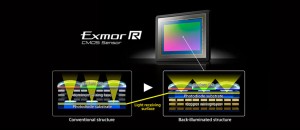
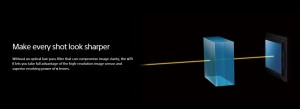
SHUTTER:
- Electronic first curtain:
➡ Will reduce the amount of vibrations in the system when shooting handheld especially
➡ I was absolutely amazed to hear them say that the shutter of the a7R II is expected to last more than 500K cycles!!! Yes, you read it right: 500K as in more than HALF A MILLION CLICKS!!
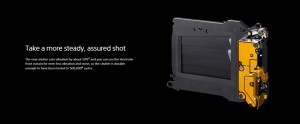
IMAGE STABILIZATION (IBIS):
- Does it work also for 3rd party manual or automatic lenses?
➡ Yes! 5 axis stabilization works for native and 3rd party lenses, for both photography and video!
- How much compensation can we expect thanks to the IBIS system?
➡ We were told to expect about 4.5 stops with certain long lenses
- Can it be turned on and off at will?
➡ Yes
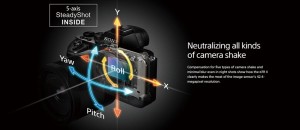
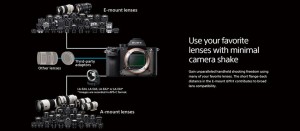
BODY:
- Is the new build more resistant?
➡ Yes! Because it is now made entirely of magnesium, the body is stronger and more resistant
➡ The mount is also stronger
➡ Its design is slightly different and I’m very excited we were told they fixed the light leakage issue they had with the a7R body!
- Position of the IR detector:
➡ Still only one, located at the front of the body.
LCD SCREEN:
- Is it still going to be on all the time during long exposures?
➡ Yes, but they are working on it to eventually turn it off
- Will there be a timer with a count up during long exposures?
➡ No, this is not planned at this time
LENSES:
- Performance and resolution:
➡ Some have raised the question as to if Sony lenses are build to provide a high enough resolution for high density sensors. We had the confirmation that the lenses had been designed with this particular aspect in mind. The engineers are confident that the optical quality of the lenses is more than sufficient for high resolution sensors.
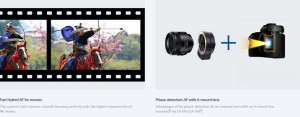
➡ We were confirmed that AF of Canon lenses was “much faster than before. With adapters (and in particular with a firmware updated Metabones mark IV) Canon lenses are almost as fast as on a Canon body“.
➡ We were also told that the adapter for Sony A mount lenses made the AF very fast, but slightly slower than on an A mount body. We were told that “A mount lenses will find another life thanks to it”.
➡ “Native autofocus speeds on Alpha lenses using the smaller and less expensive LAE3 adapter – the one without the translucent mirror.” (quoted from Michael Britt)
➡ “Autofocus for video is going to be a game changer on the Sony A7RII for hybrid photographers.” (quoted from Michael Britt)

BATTERY:
- What about the battery life?
➡ It will be “slightly better than that of the a7R
CONCLUSIONS:
Alright, this is all for now!!
I hope this helps you get a better idea than before about the very exciting new tech coming inside the new a7R II !
I am definitely excited about this new power horse, and can’t wait to get my hands on a copy. We were told that shipping should start around late July.
If you have questions, remarks or would like to discuss any particular aspect, please leave a comment below!
